
John Taylor was an English religious leader who served as the third president of The Church of Jesus Christ of Latter-day Saints from 1880 to 1887. He is the only president of the LDS Church to have been born outside the United States.

Wilford Woodruff Sr. was an American religious leader who served as the fourth president of The Church of Jesus Christ of Latter-day Saints from 1889 until his death. Woodruff's large collection of diaries provides an important record of Latter Day Saint history, and his decision to formally end the practice of plural marriage among the members of the LDS Church in 1890 brought to a close one of the most controversial periods of church history.
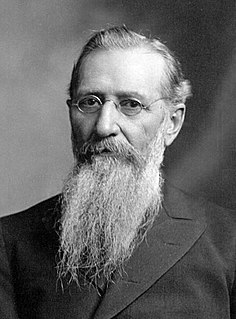
Joseph Fielding Smith Sr. was an American religious leader who served as the sixth president of The Church of Jesus Christ of Latter-day Saints. He was the nephew of Joseph Smith, the founder of the Latter Day Saint movement, and was the last president of the LDS Church to have known him personally.

Hyrum Smith was an American religious leader in the Church of Jesus Christ of Latter Day Saints, the original church of the Latter Day Saint movement. He was the older brother of the movement's founder, Joseph Smith, and was killed with his brother at Carthage Jail where they were being held awaiting trial.
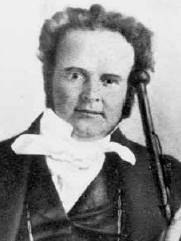
Willard Richards was a physician and midwife/nurse trainer and an early leader in the Latter Day Saint movement. He served as Second Counselor to church president Brigham Young in the First Presidency of The Church of Jesus Christ of Latter-day Saints from 1847 until his death.
Lineal succession was a doctrine of the Latter Day Saint movement, whereby certain key church positions are held by right of lineal inheritance. Though lineal succession is now largely abandoned, the offices connected with the practice were those of the President of the Church and the Presiding Patriarch.
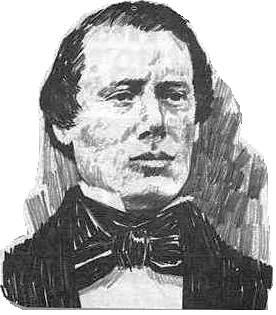
Samuel Harrison Smith was a younger brother of Joseph Smith, founder of the Latter Day Saint movement. Samuel was a leader in his own right and a successful missionary. Smith is commonly regarded as the first Latter Day Saint missionary following the organization of the Church of Christ by his brother, Joseph. One of the Eight Witnesses to the Book of Mormon's golden plates, Samuel Smith remained devoted to his church throughout his life.
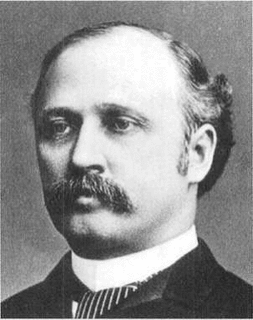
John Willard Young was a leader in The Church of Jesus Christ of Latter-day Saints. He is one of the few individuals to have been an apostle of the LDS Church and a member of the First Presidency without ever having been a member of the Quorum of the Twelve Apostles.

Hosea Stout was an early leader in the Latter Day Saint movement, a Mormon pioneer, soldier, chief of police, lawyer, missionary, and politician in Utah Territory. Stout was from Kentucky and one of the few Mormons to come from The South. The Latter Day Saint Church occasionally opposed slavery which discouraged converts from this region of the U.S. from wanting to join the Mormon Church.
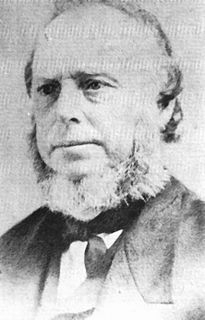
William Law was an important figure in the early history of the Latter Day Saint movement, holding a position in the early church's First Presidency under Joseph Smith. Law was later excommunicated from the church and was the founder of the short-lived True Church of Jesus Christ of Latter Day Saints. In this capacity, he published a single edition of the Nauvoo Expositor, the destruction of which set in motion a chain of events that eventually led to Smith's assassination.
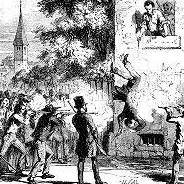
Joseph Smith, the founder and leader of the Latter Day Saint movement, and his brother Hyrum Smith were killed by a mob in Carthage, Illinois, on June 27, 1844. The brothers had been in jail awaiting trial when an armed mob of about 200 men stormed the facility, their faces painted black with wet gunpowder. Hyrum was killed first, having been shot in the face. As he fell, Hyrum shouted, "I'm a dead man, Joseph!" After emptying the pistol with which he tried to defend himself, Joseph was then shot several times while trying to escape from a second-story window and fell from that window as he died.
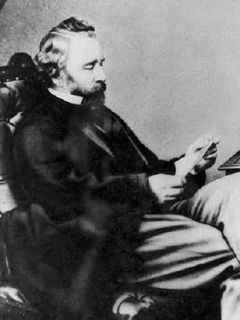
George Darling Watt was the first convert to Mormonism baptized in the British Isles. As a member of The Church of Jesus Christ of Latter-day Saints, Watt was a secretary to Brigham Young, the primary editor of the Journal of Discourses and the primary inventor of the Deseret Alphabet.
Mormons have both used and been subjected to significant violence throughout much of the religion's history. In the early history of the United States, violence was used as a form of control. Many people of different faiths used violence in order to harass and persecute people who adhered to different religious beliefs. Mormons were violently persecuted and pushed from Ohio to Missouri, from Missouri to Illinois and from Illinois, they were pushed west to the Utah Territory. There were incidents of massacre, home burning and pillaging, followed by the death of their prophet, Joseph Smith. Smith died from multiple gunshot wounds in a gun battle while jailed in Carthage; Smith defended himself with a small pistol smuggled to him by Cyrus Wheelock while trying to protect himself against an illegal mob. There were also notable incidents in which Mormons perpetrated violence. Under the direction of Mormon prophets and apostles, Mormons burned and looted Daviess County, attacked and killed members of the Missouri state militia, and carried out an extermination order on the Timpanogos. Other Mormon leaders lead the Mountain Meadows Massacre, Battle Creek massacre, and Circleville Massacre. Mormons have also been a major part in several wars, including the 1838 Mormon War, Walker War and Black Hawk War.

Albert Perry Rockwood was an early Latter Day Saint leader and member of the First Seven Presidents of the Seventy of The Church of Jesus Christ of Latter-day Saints.

Joseph Smith, the founder of the Latter Day Saint movement, privately taught and practiced polygamy. After Smith's death in 1844, the church he established splintered into several competing groups. Disagreement over Smith's doctrine of "plural marriage" has been among the primary reasons for multiple church schisms.

Levi Richards was an early leader in the Latter Day Saint movement and a missionary for The Church of Jesus Christ of Latter-day Saints. He was a member of the Council of Fifty and Anointed Quorum and served as a physician for movement founder Joseph Smith and others during the years the Latter Day Saints were established in Nauvoo, Illinois. Richards was an older brother of church apostle Willard Richards.
Phinehas Howe Richards was an early leader in the Church of Jesus Christ of Latter-day Saints and in Utah Territory. His first name is also spelled Phineas in some records.

The following outline is provided as an overview of and topical guide to the life and influence of Joseph Smith:
This is a bibliography of works on the Latter Day Saint movement.
















